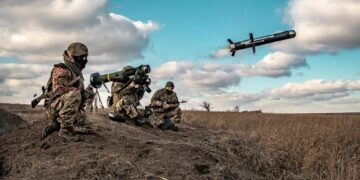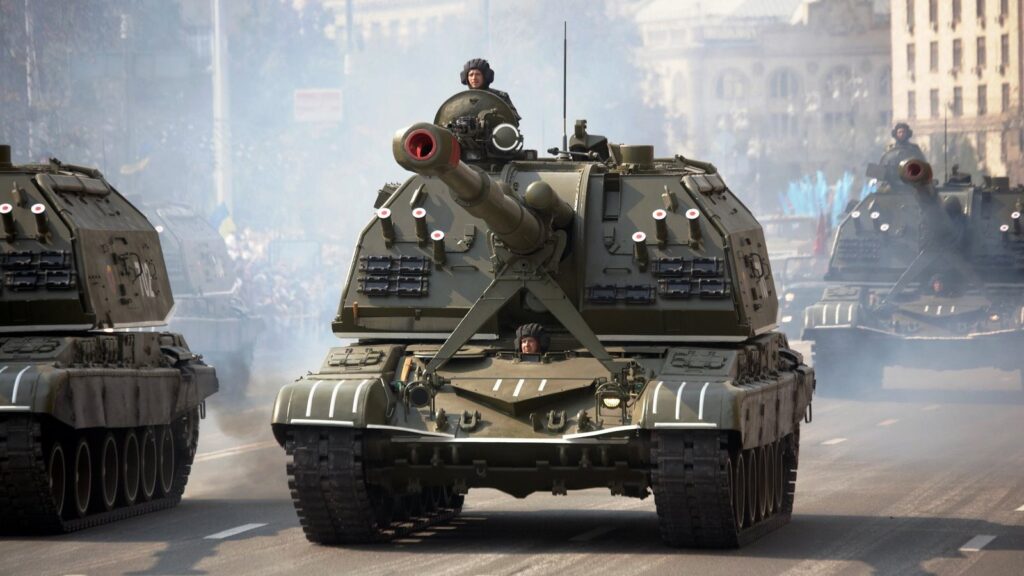Ukraine is facing an invasion from the east. The second biggest country on our continent with an area of nearly 604 thousand square kilometers is being conquered by the Russian army from several directions. The breadbasket of Europe has been turned into a giant warehouse of military equipment of all kinds.
Due to their shared history, both sides are using similar technology from the Soviet era. Howitzers, for example, often face each other, which differ only in the varying degrees of modernization and, most importantly, the much-publicized markings on Russian vehicles.
While Russia (so far) dominates the skies and wins in destructive missile power and quantity, the Ukrainian defences are nevertheless bolstered again by anti-aircraft and anti-tank small arms complexes from the West, Turkish drones and, undoubtedly, by military intel from NATO and the US. Let’s take a look at some of these weapons in the following few chapters.
Mount a howitzer on a T-80 tank chassis, and you get the Msta – hence the full name 2S19 Msta-S. Together with the 2S9 Nona, 2S1 Gvozdinka and 2S3 Akatsiya, it shells Ukrainian positions but fortunately manages to destroy and seize several of them.
Msta was already infamous in Chechnya and was used again by Ukraine in the Donbas – an example of similar technology on both sides of the battlefield. 2A64 howitzer of 152 mm calibre can deliver a grenade at a distance of 24.7 to 36 km (depending on the ammunition). The grenades can be fragmentation, smoke, chemistry and tactical-nuclear.
By the way, as Ukraine also has 152mm howitzers, the Czech Republic could have donated those 4,006 artillery shells of 152mm calibre from domestic stores. Warsaw also supplied shells. In addition to self-propelled howitzers, towed howitzers are also used – 2A65 Msta-B, 2B16 Nona-K, etc.


















































Discussion about this post